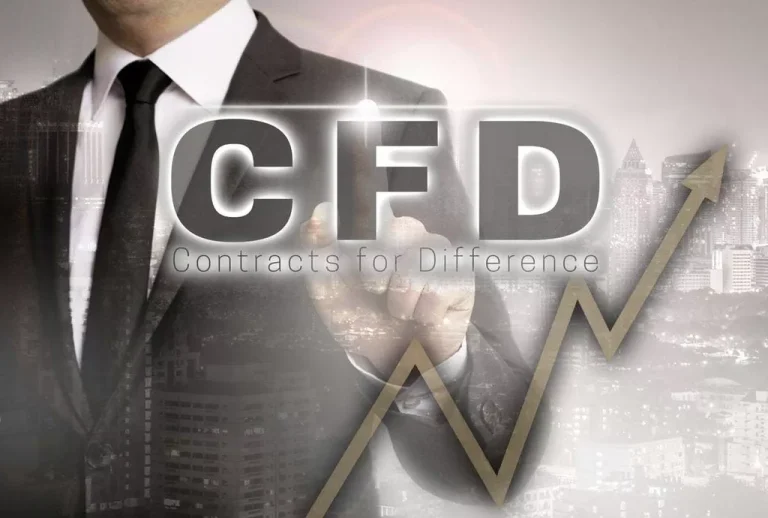In simple terms, AI is a way to define a branch of machine learning and data science. Machine learning has been around for decades since Professor Alan Turing made the first significant breakthroughs in building an “electronic brain” during World War II. Artificial intelligence (AI) is a technology that allows computers to perform tasks that would normally require human intelligence.
- Although we often think of artificial intelligence trading as fully autonomous, you’ll still need to dedicate time to ensuring that it is performing as it should be.
- This will help them make more profits, which in turn can lead to increased wealth creation.
- Decisions are made based on historical data which is analysed by the AI trade bot.
- But, there is a difference between the Decision tree and Rules-Based system which is with the information fed.
- Although human investors and brokers still pick, refine, and adjust AI models and tools for AI stock trading, many of the trades are executed by algorithmic automation tools.
This can be done by using machine learning algorithms that analyze historical data to predict future events using past experience as inputs for their models. Generative AI mimics the workings of the human brain to perform complex cognitive tasks based on simple written prompts. Whereas older iterations of that process relied on spotting particular words, the latest tech is better at analysing contexts, making them more accurate. Some academic studies have shown that ChatGPT can be used to decipher the market implications of “Fedspeak” and corporate news in ways that are eerily close to what a human expert can achieve. However, investors need to be wary of the disadvantages too, such as legal and ethical concerns, the risk of flash crashes, and even the danger that an AI model could manipulate markets autonomously.

AI can be used in many aspects of their work — combining trading signals, calculating the risk of a big crash or deciding how best to execute a trade. It’s probably safe to say that most quant-driven funds use machine learning in some shape or form. A handful of those, including Voleon Group or Voloridge Investment Management, are known for their AI prowess. Daily swings in stock indexes are driven by so many factors that it can be hard to detect reliable signals in all the noise. So what a machine has observed on one day may no longer apply on the next, and what looks in theory like a winning investment strategy may not actually make money in live trading. But since these AI systems are akin to a black box that finds complex linkages in vast troves of data, they are especially prone to this problem of “overfitting” to what’s actually noise.
Social media has become a main source of information for traders and investors. By analyzing the vast amount of text data from social, this allows investors to quickly gauge an asset’s sentiment without having to read through thousands of tweets themselves. While its unlikely that AI-based algorithms will take over asset management entirely, the shift towards “quantamental investing” is gaining increasing popularity amongst fund managers and retail investors alike. A surprising number of papers actually make mistakes in how they set up their training and testing framework. They use variables that wouldn’t have been available at the time when the AI needed to make a decision (data leakage) or evaluate the predictions against the current price, not the future price. Surprising mistakes — but time-series datasets are a complicted thing for human brains to handle.

Generative AI also has implications for higher-skilled jobs that involve collecting and analysing data and creating reports. On the flip side, there’s big demand for data scientists with AI skills and a flair for finance. AI Trading in Brokerage Business At the most enthusiastic banks, about 40% of all open job roles are for AI-related hires such as data engineers and quants, as well as ethics and governance roles, according to data from consultancy Evident.
For instance, does the trader hesitate to take a call when the market is turning? AI trading is already a major player in the buying and selling of equities, commodities, and stocks every day. The most widely used forms of AI trading include https://www.xcritical.in/ algorithmic trading, quantitative (also known as quant) trading, and high-frequency automated trading. Recommender systems have been used in retail businesses for more than a decade but have matured significantly in recent years.
Let’s say you’ve got a portfolio of 100 low-risk stocks, securities, or ETFs. You don’t have time to monitor all of them, but you want to maximize returns and minimize the risk of losses. In the case of ChatGPT-4, it was trained on 45 terabytes of data thanks to its 175 billion parameters. Other examples of similar models and tools include Google’s BERT, OpenAI’s DALLE-2, and Meta’s Segment Anything.
For instance, they could learn to identify synonyms or colloquialisms that customers use, or they could try to learn to identify customer intentions – even if those intentions are written or spelt incorrectly. They can assist in sales by providing information on everything, such as product specification, explanations of product usage, and more. Robo-advisors see popularity because of their lower cost to the user, allowing a company to gain customers they may not otherwise have attracted.
As technology advances, previous benchmarks that defined artificial intelligence become outdated. In the travel industry, AI has the potential to predict everything from customer demand to adverse weather. Magnifi acts like something of an AI-powered Robinhood, functioning as a trading platform that can answer questions with a chatbot interface like ChatGPT. These models have also demonstrated better forecasting accuracy than traditional regression models and are able to capture nonlinear relationships between risk factors and other variables. AI investing bots can also advise money managers on what’s missing in their portfolios, informing them on how to better balance them. Ever since the launch of ChatGPT, the business world has been captivated by artificial intelligence (AI), so it shouldn’t be a surprise that investors are looking for new ways to use AI in investing.
Just like the theory of natural selection (survival of the fittest), these algorithms identify the winners and use their key attributes or “genes” to create the next generation of superior traders. This process is repeated across various market conditions to eventually create a set of smart traders. The most effective trading strategies involve humans and artificial intelligence working hand in hand. The trader can then use the information derived from the AI software to devise an effective trading strategy which then feeds back into the AI robot for execution. As AI trading systems do not require any human input, they are unaffected by emotions, basing their trading decisions solely on historical data and the rules of the algorithm.
One option is to use a signal service which alerts you when your chosen trader buys or sells assets, allowing you to choose whether or not to mimic the trade. Alternatively, you can opt for an automated trade bot which autonomously mimics the trades of your chosen trader on your behalf. For example, trading both the London Stock Exchange and the Australian Securities Exchange would be a logistical challenge due to their significant time differences. This restricts your ability to trade in new marketplaces and expand your trading portfolio. Branching into a new marketplace traditionally requires a large amount of research.
AI systems can be used for a wide range of applications, including self-driving cars, drug discovery, and being used as an assistant in your home. The goal of AI is to solve problems and make decisions, which means it can be used for trading, investment decision-making, etc. It’s important to note that some of these applications are much more challenging than others—for example generating synthetic data is much more difficult than generating a sentiment score of social data. That said, many of these applications are becoming increasingly popular in trading and investing, and this trend is likely going to continue in the coming years.
This is done by making supply, demand, and pricing of securities easier to estimate. Other examples of machines with artificial intelligence include computers that play chess and self-driving cars. Each of these machines must weigh the consequences of any action they take, as each action will impact the end result. For self-driving cars, the computer system must account for all external data and compute it to act in a way that prevents a collision.
